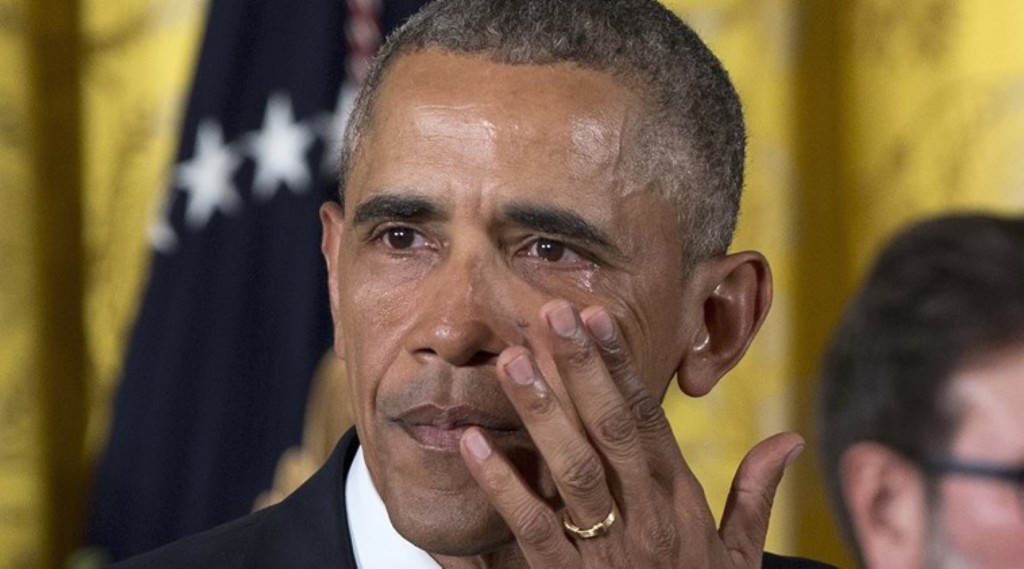The Role of Public Health in President Obama’s Executive Orders

On 4 January 2016, President Obama announced a series of executive orders that are meant to address what he calls an “epidemic of gun violence” in the United States. He justified these orders by referring to the blocking of gun reforms in the United States congress despite the increasing number of violent public shootings and deaths related to gun violence.
These orders are divided into four main actions. First, the current background check system will be overhauled. The Bureau of Alcohol, Tobacco, Firearms and Explosives (ATF) will increase the scope of background checks in the purchase of firearms, and the Federal Bureau of Investigation (FBI) will make these background checks more effective and efficient.
Second, President Obama wants to make communities safer from gun violence through better enforcement of gun laws. These will include 200 new ATF agents and investigators, new initiatives from the ATF to tackle illegal trafficking of firearms, as well as initiatives in the Attorney General’s office to increase domestic violence outreach.
Third, the connection between gun violence and mental health will be addressed through increased mental health treatments and better incorporating mental health into background checks. This order will include a proposed $500 million investment to increase access to mental health care, and better mechanisms to report individuals who illegally possess a gun for mental health reasons.
Fourthly, President Obama wants to shape the future of gun safety technology in order to increase gun safety for owners and prevent the violent misuse of firearms for illegal possessors. The Departments of Defense, Justice, and Homeland security will be researching and developing effective gun safety technology, though the President has also urged State and private-sector leaders to contribute to the task of innovation.
President Obama’s executive orders reignited the debate not only on gun control but also on the kinds of powers that should be available to the executive branch. For example, many of the GOP candidates criticized President Obama’s decision to side-step a clearly resistant congress. In comparison, candidates for the Democrats applauded President Obama’s conviction to stand against congress. Similar debates were also made by pro-gun groups, such as the National Rifle Association (NRA) and anti-gun groups, such as the Coalition to Stop Gun Violence.
One particularly galvanized interest group, however, were physicians and health care practitioners. Health groups such as the American College of Physicians (ACP) and the National Physicians Alliance (NPA) advocate to have gun violence be considered a public health issue. These groups draw analogies to previous public health initiatives that criticized dangerous activities, such as smoking, not using seatbelts, and drunk driving, through health promotion projects, including posters, public safety announcements, and physician interventions. These public health solutions not only showed support for the social movements that called for legal reform, but they also took a pro-active stance in reducing the harm caused by the current legal landscape.
Similarly, these groups believe that the negative health outcomes caused by the current gun laws to both possessors and to the public justify having a similar public health initiative that promotes gun safety and calls for gun reforms. For example, the NPA wants to train physicians on firearm storage safety and safe gun practices in order to provide one-on-one counselling with gun-owning patients. When properly facilitated, these private and non-confrontational discussions can often move beyond heated political stances that restrict effective uptake of safe gun practices.
President Obama’s decision to align gun reform with these public health initiatives by expressly calling it an “epidemic” and by including mental health into these changes was likely intentional. Gun reform is a politically-divided issue, and these changes were not created through bi-partisan compromises with the GOP and their political supports. Although the orders were passed legally and will come into effect as the federal departments take them up, social support from non-partisan groups is still important, especially given the upcoming presidential election.
The orders may end up negatively painting the Democrats as a party willing to sidestep the democratic process in order to push for partisan reforms. The backlash may very well cause a reversal of the changes towards less restrictive gun legislation. Many of the GOP candidates, for example, promised to at least repeal the measure if they become president. However, it is also possible that the orders will be seen as a positive step, and may create the political momentum not only for the party but also for further gun reforms. Some Democratic candidates, in contrast to their political opponents, ensured that the measures will remain in force if they are elected.
Only time will tell if the executive orders will make a practical and political change on the gun epidemic in the US.
